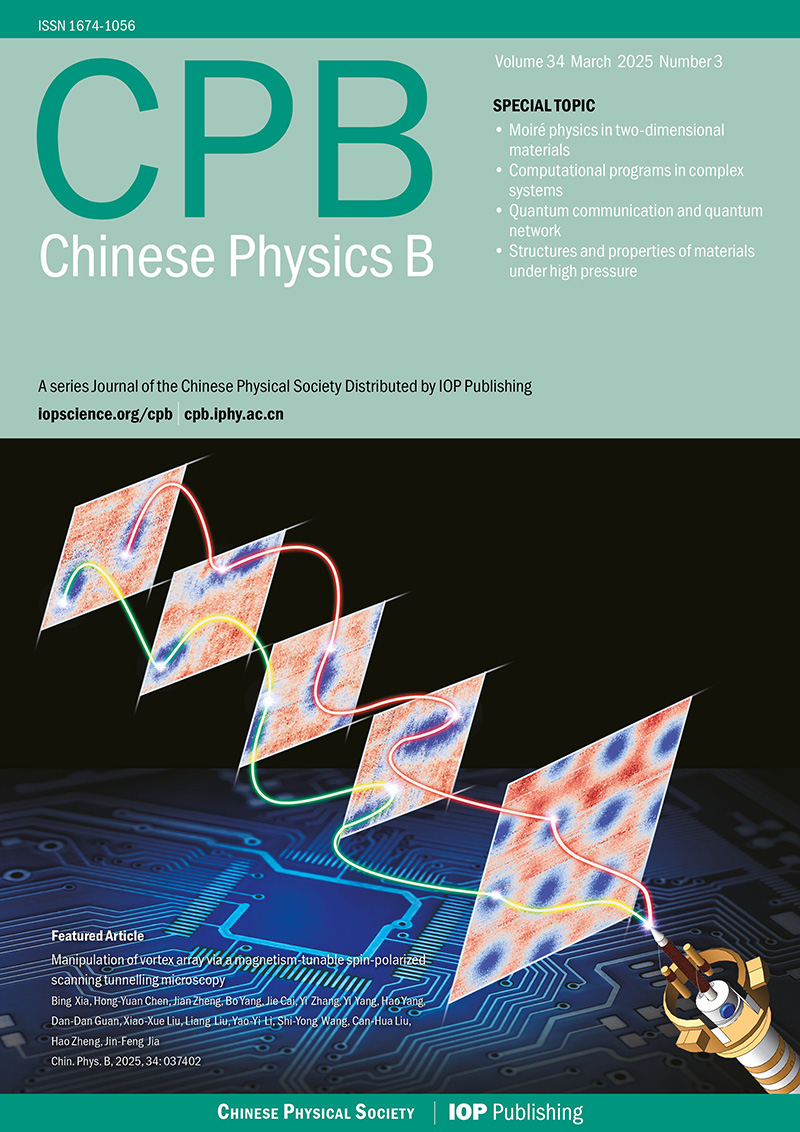Calculations of state-selective differential cross sections for charge transfer in collisions between O3+ and H2
- Available Online: 30/08/2008
-
Key words:
- charge transfer /
- molecular-orbital coupled-channel method /
- infinite-order sudden ap-proximation /
- state-selective differential cross sections
Abstract: The non-dissociative charge-transfer processes in collisions between O3+ and H2 are investigated by using the quantum-mechanical molecular-orbital coupled-channel (QMOCC) method. The adiabatic potentials and radial cou-pling matrix elements.utilized in the QMOCC calculations are obtained with the spin-coupled valence-bond approach. Electronic and vibrational state-selective differential cross sections are presented for projectile energies of 0.1, 1.0 and 10.0 eV/u in the H2 orientation angles of 45° and 89°. The electronic and the vibrational state-selective differential cross sections show similar behaviours: they decrease as the scattering angle increases, and beyond a specific angle the oscillating structures appear. Moreover, it is also found that the vibrational state-selective differential cross sections are strongly orientation-dependent, which provides a possibility to determine the orientations of molecule H2 by identifying the vibrational state-selective differential scattering processes.

 首页
首页 登录
登录 注册
注册






 DownLoad:
DownLoad: